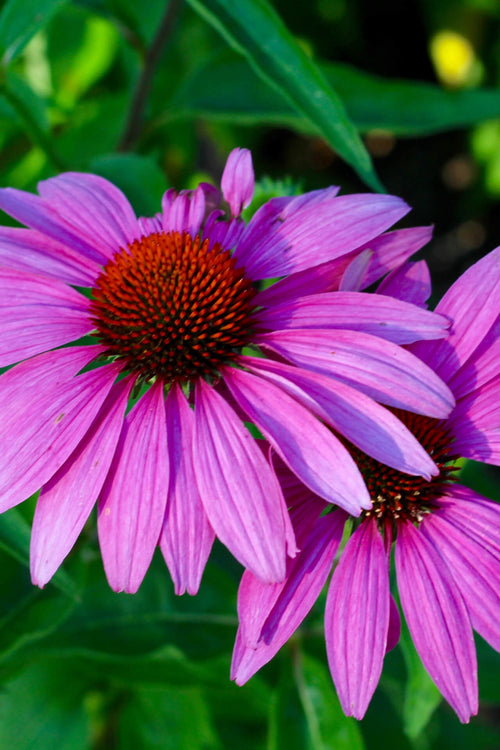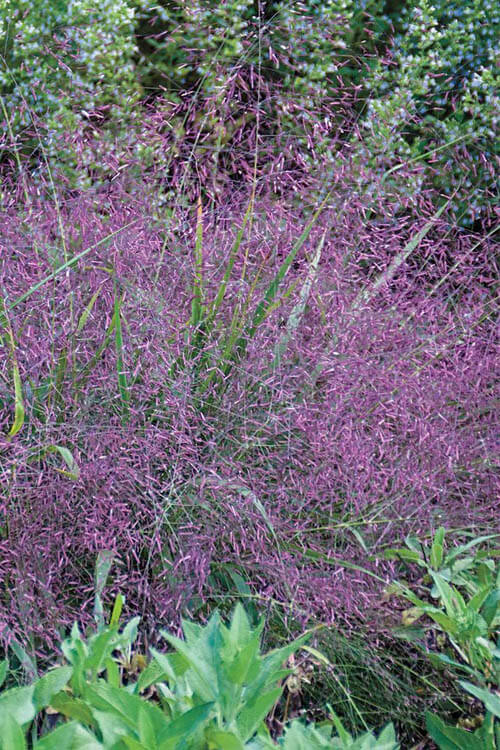Planting perennial seeds in the fall is an excellent way to ensure a vibrant and colorful garden in the coming spring and summer.
Perennial plants live for more than two years, often returning year after year, making them popular for gardeners looking for low-maintenance and long-lasting beauty in their landscapes.
This comprehensive guide will explore many perennial seeds that can be planted in autumn, the benefits of fall planting, and step-by-step instructions to help you achieve a thriving perennial garden. Benefits of Planting Perennial Seeds in the Fall Before diving into the specific perennial seeds you can plant in the fall, let's discuss the advantages of fall planting:
Establishment Time:
Fall planting allows perennial seeds to establish robust root systems before the harsh winter conditions. This early start gives them a better chance of survival and faster growth in the spring.
Reduced Competition:
In the fall, annual plants are winding down their growth cycle and preparing for winter dormancy. Planting perennials during this time reduces competition for resources like sunlight, water, and nutrients, giving your new plants a competitive edge.
Cooler Temperatures:
Fall offers cooler temperatures that are less stressful for newly planted seeds. With the scorching heat of summer behind, plants can focus on root development rather than battling excessive heat.
Increased Moisture: In many regions, fall tends to bring more consistent rainfall. This natural irrigation can help newly planted perennial seeds establish themselves without frequent watering.
Spring Blooms:
Planting in the fall ensures that your perennials will be ready to bloom in the spring, providing a slow burst of color to your garden.
Top Perennial Seeds to Plant in the Fall Now that you understand the benefits of fall planting let's explore some perennial seeds that are well-suited for autumn sowing:
Lupine (Lupinus): Lupines are known for their striking spikes of colorful flowers, making them a popular choice for cottage gardens. Fall planting gives them time to develop strong roots and produce gorgeous blooms in the spring.
Coneflower (Echinacea): Coneflowers are beautiful and attract pollinators like bees and butterflies. Planting their seeds in the fall allows them to establish a robust root system for a prolific display of blooms.
Black-Eyed Susan (Rudbeckia hirta): These cheerful, daisy-like flowers are stapled in many gardens. Fall planting ensures they are well-established by spring, creating a bright and vibrant green.
Columbine (Aquilegia): Columbines offer delicate and unique blooms in various colors. They thrive when planted in the fall, taking advantage of the cool weather to grow strong.
Blanket Flower (Gaillardia): Blanket flowers are drought-tolerant perennials known for their vibrant red and yellow blooms. Planting them in the fall allows them to develop deep roots before the dry summer months.
Russian Sage (Perovskia atriplicifolia): With its silvery foliage and lavender-blue flowers, Russian sage is a stunning addition to any garden. Fall planting gives it a head start in establishing its drought-resistant roots.
Daylily (Hemerocallis): Daylilies are known for their reliable and prolific blooms. You can enjoy a burst of colorful flowers the following spring by planting their seeds in the fall.
Hosta (Hosta): Hostas are prized for their lush foliage and shade tolerance. Fall planting allows them to settle in and establish robust root systems, ensuring healthy growth in the coming seasons.
Bee Balm (Monarda): Bee balm adds vibrant colors to your garden and attracts pollinators. Planting in the fall gives it ample time to prepare for a dazzling display in the spring and summer.
Siberian Iris (Iris sibirica): Siberian iris varieties are known for their elegant, sword-like foliage and showy blooms. Fall planting promotes robust root development, leading to more colors in the future.
Step-by-Step Guide to Planting Perennial Seeds in the Fall Now that you've chosen the perennial seeds you want to plant in the fall follow these steps for a successful planting process:
1. Select the Right Location: Take up a spot in your garden that receives appropriate sunlight for your specific perennial plants. Some may thrive in full sun, while others prefer partial shade.
2. Prepare the Soil: Ensure your soil is well-draining and rich in organic matter.
3. Clear the Area: Remove some existing weeds or debris from the planting area to reduce competition and give your perennial seeds a clean start.
4. Plant the Seeds: Follow the specific planting depth and spacing recommendations for each type of perennial seed. You can lightly press the seeds into the soil and cover them with a thin layer of Mulch.
5. Water Thoroughly: After planting, water the area thoroughly to settle the soil and ensure good seed-to-soil contact. This helps with germination.
6. Apply Mulch: Mulch the planting area with organic Mulch, such as straw or shredded leaves, to insulate the soil and protect it from extreme temperature fluctuations.
7. Keep an Eye on Moisture: Throughout the fall, monitor soil moisture. Water when needed to keep the soil consistently moist but not waterlogged.
8. Protect from Wildlife: Use appropriate measures like netting or wire cages to protect your newly planted perennial seeds from wildlife tempted to dig them up or eat them.
9. Enjoy the Fall Colors: As the seasons change, you can still enjoy the fall foliage in your garden while your perennial seeds prepare for winter.
10. Prepare for Winter: - As winter approaches, consider adding a layer of straw or additional Mulch to provide extra insulation and protect your perennial seeds from freezing temperatures.
11. Spring Maintenance: - As the weather warms and your perennial plants emerge in the spring, remove any excess mulch and provide appropriate care and maintenance.
Conclusion
Planting perennial seeds in the fall is a strategic and rewarding way to create a thriving garden filled with colorful and long-lasting blooms. With proper site selection, soil preparation, and care, you can enjoy a beautiful garden that returns year after year with minimal effort. Whether you choose the vibrant coneflowers, the classic black-eyed Susan's, or any other perennial options, your garden will be a testament to the beauty and resilience of nature. So, grab your gardening tools and prepare to sow the seeds of a stunning perennial garden this fall.



















































